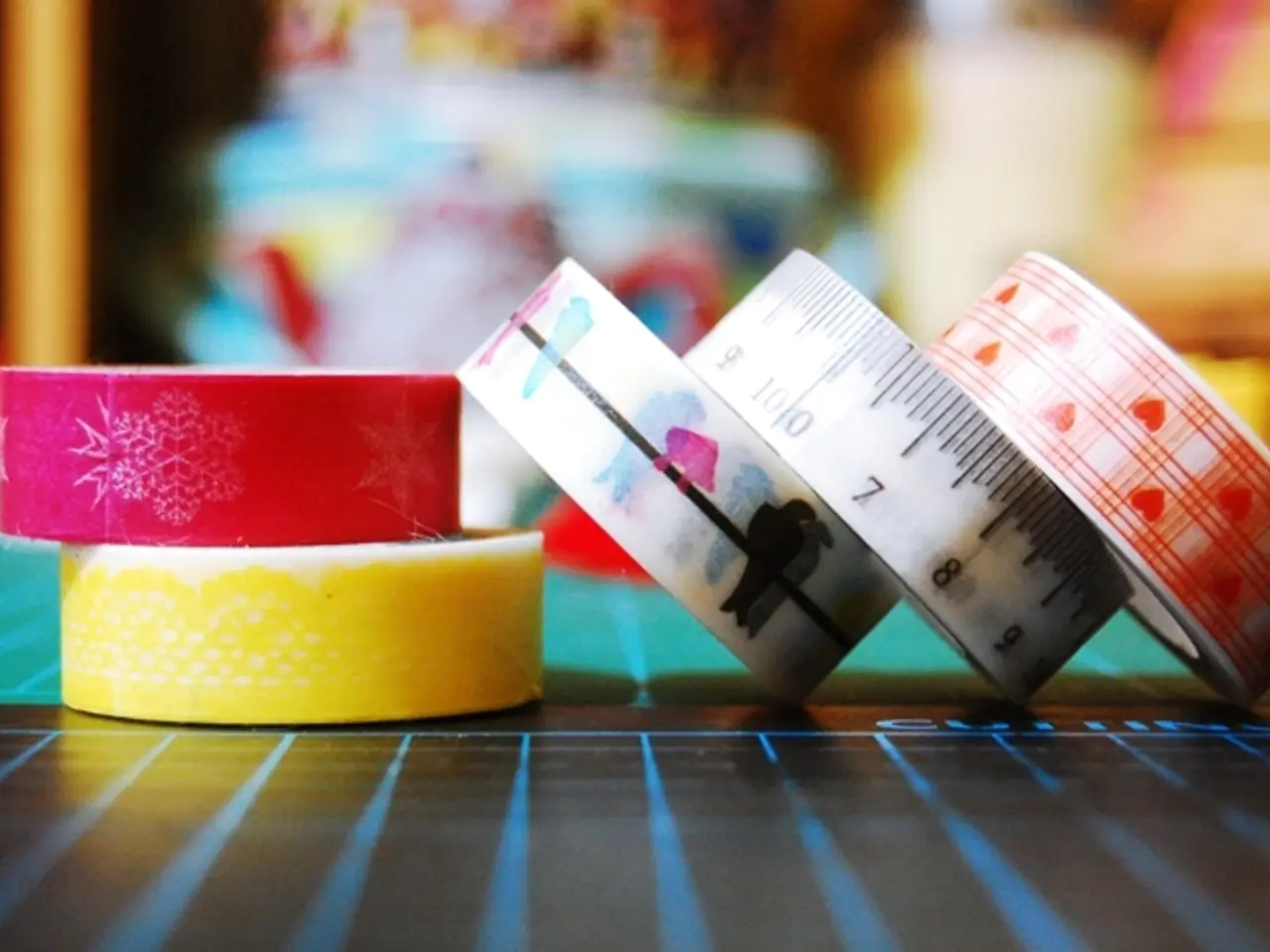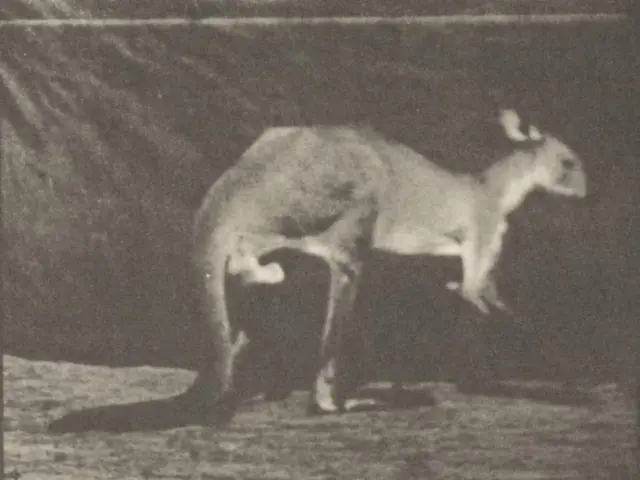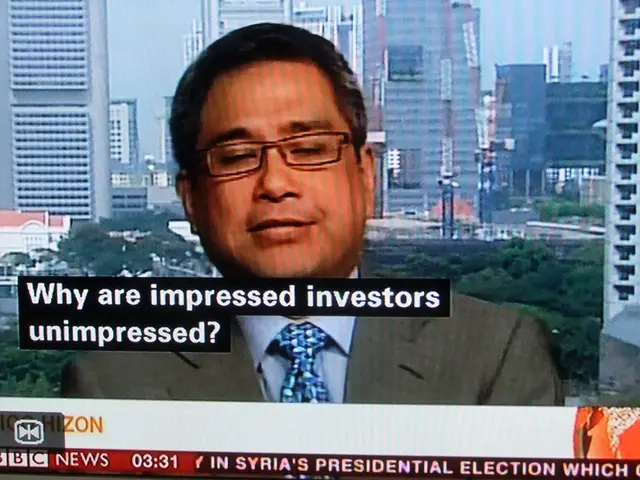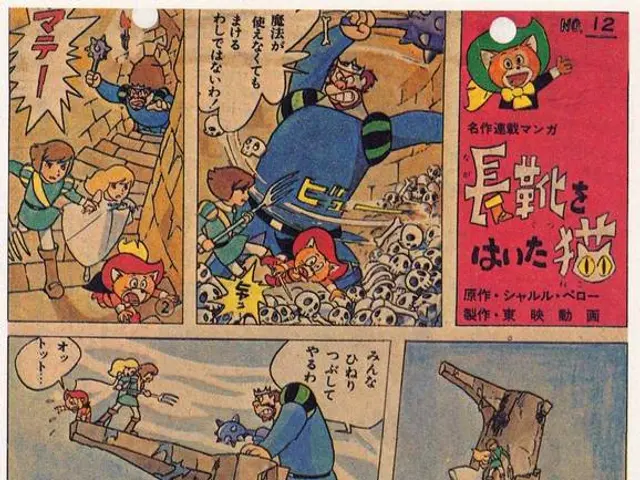A Comprehensive Guide on Recruiting an Excellent Pattern Drafter for Your Fashion Venture
In the world of fashion, a pattern maker is an essential partner for any designer looking to bring their creations to life. From transforming two-dimensional sketches into three-dimensional garments, to ensuring the perfect fit and style, a skilled pattern maker can make all the difference in a fashion project.
When choosing a pattern maker, there are several key factors to consider. First and foremost, reviewing their portfolio is crucial. By examining their past work, you can assess their skills, style, and expertise, ensuring their abilities align with your specific needs. It's helpful to request to see examples related to your type of project.
Asking for testimonials and references from previous clients or designers they have worked with is another important step. This feedback can verify their reliability, craftsmanship, and professionalism, giving you peace of mind that you're making the right choice.
Technical skills and experience are vital in a pattern maker. They should have a strong understanding of fabric types, sewing techniques, and the ability to adapt patterns to different materials and design visions. This includes an understanding of how fabric behaves and how the pattern will translate to the final garment.
Attention to detail and precision are essential in pattern making, as it is foundational to garment fit and appearance. An expert pattern maker must combine technical precision with creative problem-solving to ensure patterns are both wearable and true to the designer's vision.
Communication and collaboration are also vital, as the pattern maker needs to translate the designer's vision into tangible blueprints. They should be able to discuss and adjust patterns as needed to achieve the perfect fit and style.
Adaptability is another important factor, as fashion projects can evolve rapidly. A good pattern maker should be flexible enough to accommodate last-minute changes and different garment types or sizes efficiently.
In terms of tools and methods, check if the pattern maker uses modern digital tools alongside traditional techniques. This can enhance precision and ease pattern adjustments.
Pattern makers use a mix of creative insight and mathematical precision to ensure the garment fits properly, moves well, and maintains the designer's intended silhouette. They may oversee the creation of duplicates and collaborate with a sample maker to ensure everything comes together seamlessly.
Experience and education are crucial for pattern makers. While degrees can be beneficial, applied experience is often more important. A great pattern maker will have a portfolio upon request, and it's important to see the completed garments and patterns side-by-side to gauge their ability to translate patterns into apparel design and production.
In summary, choosing the best pattern maker requires careful evaluation of their portfolio, technical expertise, communication skills, and ability to work adaptively with your specific fashion design requirements. Prioritize those who demonstrate a clear understanding of fabric behavior, fit, and garment construction for the best results. With the right pattern maker, you can elevate the quality of your collection from the inside out, prevent costly mistakes, streamline timelines, and ensure your garments are made well and look exactly as you intended.
- Evaluating a pattern maker's portfolio is critical to determine their skills, style, and expertise, ensuring their abilities align with your specific fashion project needs.
- Requesting testimonials and references from previous clients or designers they have worked with is important to verify their reliability, craftsmanship, and professionalism.
- A pattern maker should possess technical skills and experience, including an understanding of fabric types, sewing techniques, and the ability to adapt patterns to different materials and design visions.
- Attention to detail and precision are essential in pattern making, as they are foundational to garment fit and appearance.
- Communication and collaboration are important for the pattern maker to translate the designer's vision into tangible blueprints and adjust patterns as needed to achieve the perfect fit and style.
- Adaptability is necessary for fashion projects that can evolve rapidly, with a good pattern maker flexibly accommodating last-minute changes and different garment types or sizes efficiently. Additionally, utilizing modern digital tools alongside traditional techniques can enhance precision and ease pattern adjustments.








